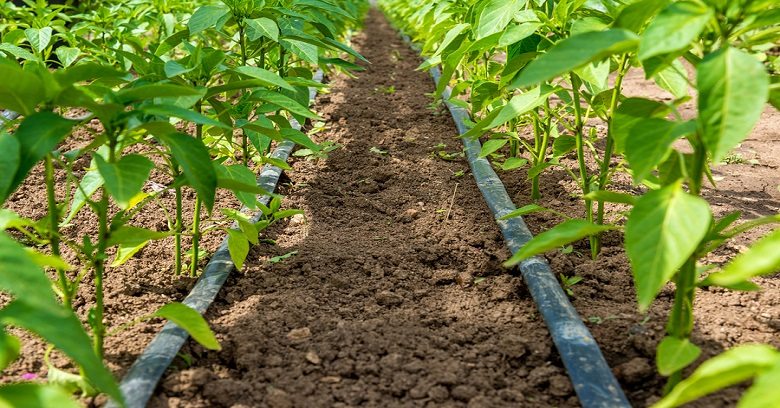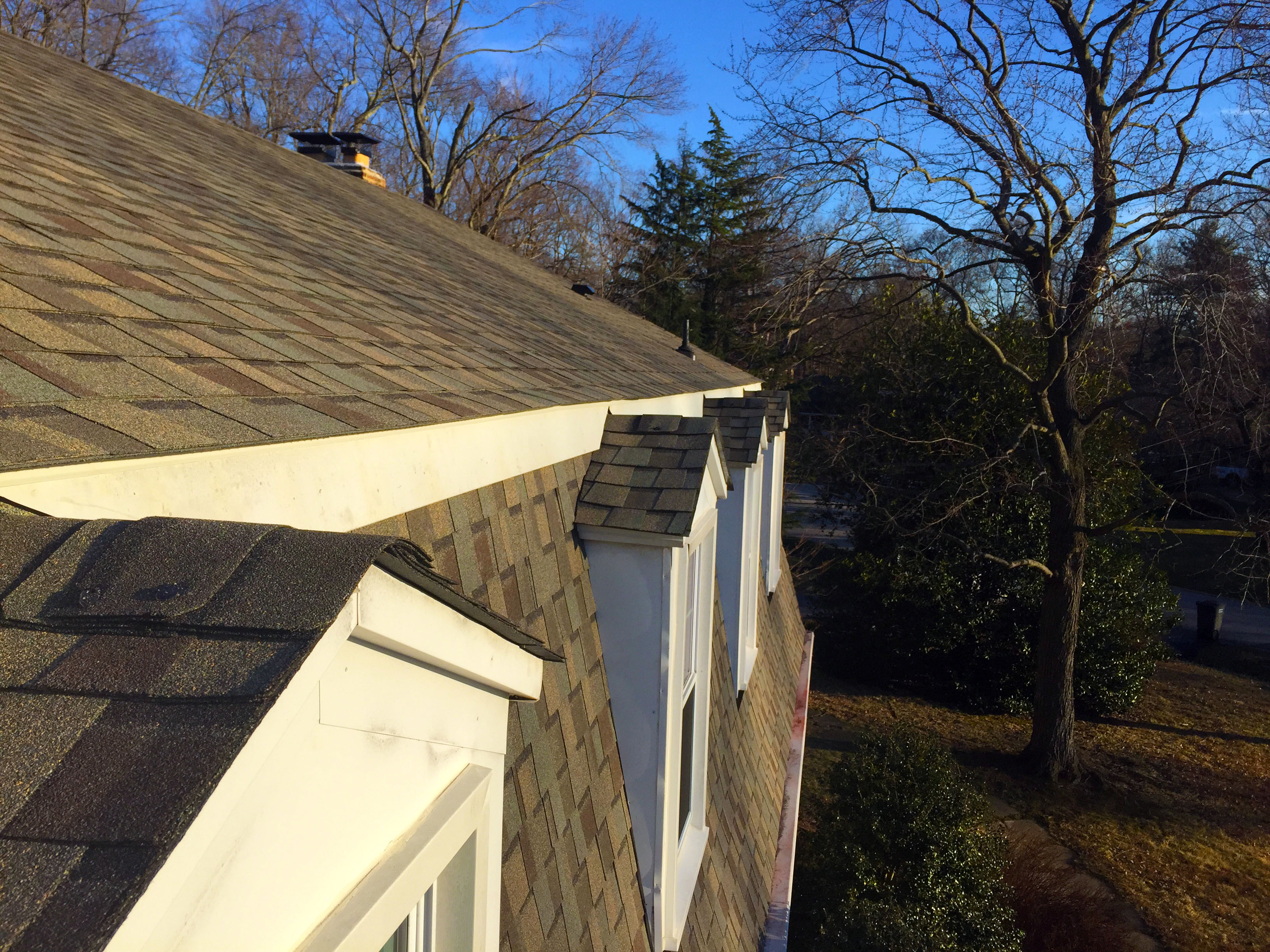Table of Content
Raised beds retrofitted to apply drip irrigation using various lengths of pipe. —120’ should be fine for supply line, depending on the pressure from the faucet. The main issue is loss of pressure from emitters and drip line and, again, the supplier will be able to help with calculations around that.

Once in place, the system can remain throughout the seasons, however, each hose should be disconnected from its water source and completely drained before the ground freezes. One of the true beauties of a drip irrigation system is the ability to add liquid nutrients directly through the system. This can be done anytime during the growing season using a venture-type fertilizer injector . Be sure to install the injector between the water source and the filter so all particles get removed rather than clogging drip emitters. After injecting any fertilizers into a drip system, run clean water through the lines for minutes in order to flush out any minerals that may clog the emitters later.
Diy Automatic Drip Irrigation System Plant Watering Garden Hose Kits Wit Z8F2
DIG provides high quality, high uniformity and reliable drip emitters/drippers designed for residential and commercial landscape installations. Drip emitters are easy to install directly into the 1/2″ poly drip tubing or extended to the plants with 1/4″ micro tubing. DIG’s drip emitters incorporate four different operating characteristics that include pressure compensation, turbulent flow, vortex, and adjustable flow. DIG provides detailed information on each type of drip emitter, including product specifications, product features, how to install and installation videos.

It only works when set up in straight lines, but many gardeners have straight edges on their flower beds. Soaker hoses are hoses with holes spaced evenly along their length and they can be placed alongside row crops, hedges, lines of shrubs, lawns, or in vegetable gardens. These hoses seep water slowly into the soil all along their length. Be aware that some varieties are made of recycled rubber, and so may not be the best choice for using on your food crops, but are safe to use in your yard. These hoses can also be left in place all year round, as they're not damaged by freezing.
Types Of Drip Systems
In order to design your irrigation system, you must start with a garden design. Almost any garden including permanent raised beds can be fitted with drip irrigation. First, take your old hose, attach it to your water source, then line it up along your plants. You can use the zip ties on the ends of the hose so it doesn’t drip or lose pressure.

Automatic watering is undoubtedly the biggest advantage of drip irrigation. When it’s tied into an automatic timer, you can rest assured that your garden is getting water every day, whether you’re home or not. Also, by pairing the right emitter to the plants, you’ll know exactly how much water each is getting per hour. While some folks run multiple drip systems, an easier approach for an extensive garden may be to expand the system you already have. The drip expansion kit from Rain Bird has all the fittings, nozzles, and tubing you’ll need to run extra sections of drip irrigation across your property.
Hose Garden Automatic Drip Irrigation System Plant Watering Micro Drip Kits
Plugged into the main hose with a length of tubing running to the plant. Run a length of ¼-inch tubing to the sprinkler’s desired location. It's a good idea to check that washers and restrictors are in place every time you hook up a disconnected hose. Hose washers are small donut-shaped rubber or plastic rings that fit inside the female side of a hose connection. These rings prevent leaks by providing a watertight seal and all female hose connections should have one. You will also get numerous "hits" to a search for drip irrigation or trickle irrigation with fact sheets and suppliers.

The water to your home could be compromised if the water pressure suddenly drops when your drip system is running. In such a case, the hose faucet can back-feed water from the drip system into the house, resulting in a contaminated water system that isn’t safe to drink or use for bathing. The riser allows the head to stand above taller plants and makes directing the spray easier. Micro-spray sprinkler heads often have built-in adjustable valves to control the spray. This allow any excess surface water on the stems and leaves to dry out before night time temperatures drop. Now you have an awesome DIY drip irrigation system that only took a little bit of money and time.
Drip irrigation also reduces nutrient and water loss below the root zone. This can make plants more productive because nutrients are more readily available to them. Preventing disease is incredibly important when it comes to gardening. If your plant gets a disease, it can be very hard to control — it could contribute to your plants becoming damaged or even dying. When there’s increased contact between water and plant foliage, there’s a higher chance of disease. Drip irrigation minimizes this contact, which decreases the risk.

They can be somewhat complicated to install, depending what type you choose, but there's plenty of information available online. Ask a local lawn or garden professional if they install irrigation systems. Once the system is set up, all you need to do is turn the water on and off. Also known as micro-sprinklers, this is a device you can attach to your irrigation hose system. Micro-sprinklers are normally used by orchardists but are becoming increasingly popular with home gardeners. They're ideal if you have large trees on your property, and can also be used for flower beds, ground cover areas, hillsides and slopes.
Whether it’s raised beds or hanging baskets, there’s a drip irrigation system on this list for your needs. In-line drip emitter hose watering rates differ from point-source models, as they aren’t determined by GPH ratings. Generally speaking, in-line hoses come in ¼-inch and ½-inch diameters, with spacing set between 6 and 12 inches.
This is great for small seedlings but once the plants become larger it can mean that only the top inch of the soil is ever dampened. For crops that put down deep roots, watering more heavily but less regularly can help build up reserves of moisture deeper in the soil, making them more resistant to hot dry spells of weather. The kit’s faucet connector, while threaded, isn’t high quality, however—and those with high water pressure may find it pops off the faucet. Whichever way you install emitters, they’re usually preset at ½, 1, or 2 GPH .
Check the manufacturer’s information to determine what you require for your particular gardening needs. Hose End Timers DIG’s line of hose end timers offers a convenient way to automate a drip or sprinkler irrigation system from a faucet or garden hose. Drip irrigation delivers water to the roots and this fuels photosynthesis and nutrient uptake. Watering at ground level also helps to prevent the spread of soil-borne diseases that can be exacerbated by overhead watering. Water is used more economically than with an overhead sprinkler system which works better for covering large areas such as lawns.

Return to the manifold and one at a time open each valve and walk the connected soaker hose line to check that the hose is working properly and efficiently. When the system is delivering water satisfactorily turn off the manifold valves and the main water spigot. Drip irrigation uses small tubing with emitters that drip water slowly into the soil and onto the roots. Your irrigation drip system will only deliver so much water based on the pressure and supply you have available. It is important then to design your system to meet the needs of your plants. If the area to irrigate is too big for your system, you will lack water pressure.

No comments:
Post a Comment